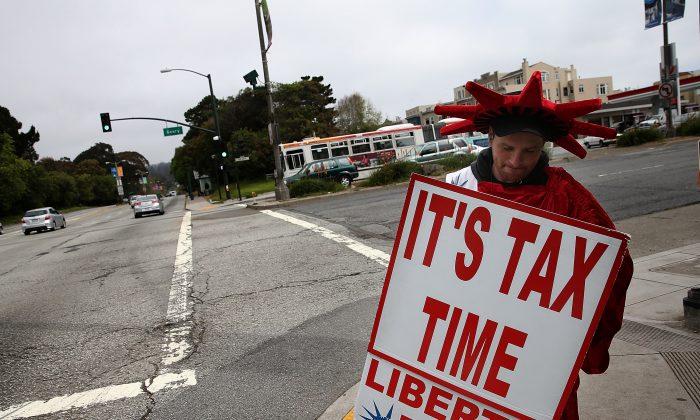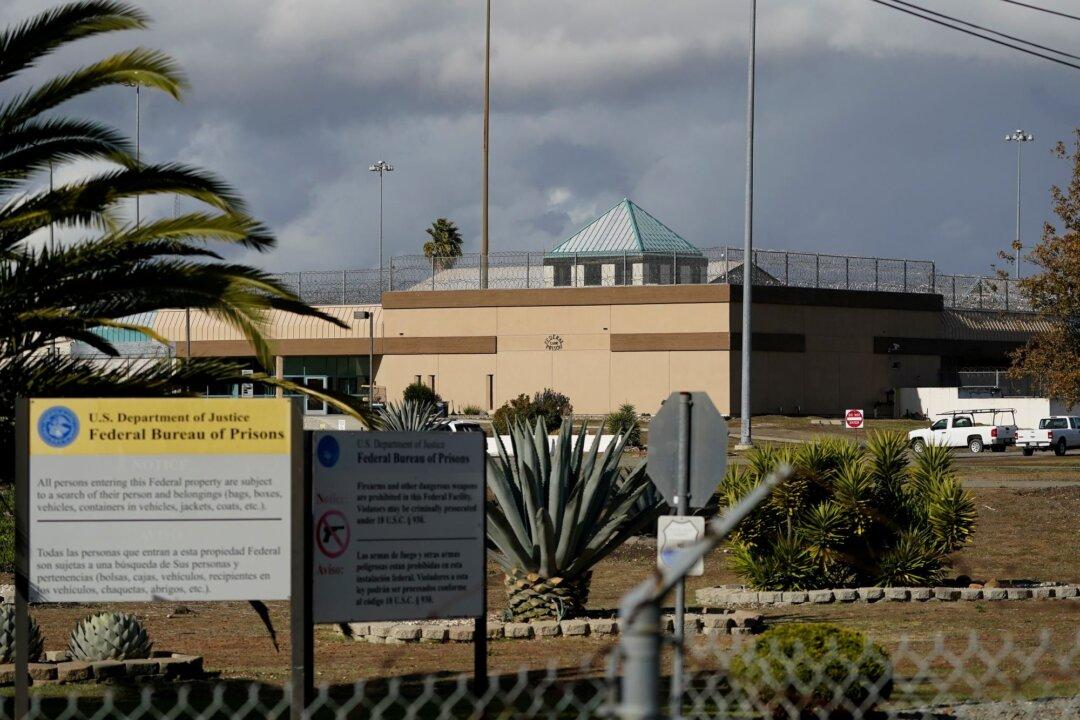SACRAMENTO, Calif. — Every year when they do their taxes, Californians donate millions for charitable causes, but nearly $10 million of that money sat unspent in government accounts at the end of last year and some of the funding never reaches its intended target, according to a review by The Associated Press.
Good intentions often meet a lengthy bureaucratic maze with little oversight, leaving many of the contributions delayed and lost. Lawmakers leave distribution up to state agencies that sometimes don’t know what to do.
California has the nation’s largest voluntary tax contribution program, with 36 funds included on forms in the last decade. Tax returns are a prime opportunity to raise money from people expecting refunds. Lawmakers like the voluntary donations because they can say they helped good causes without committing state dollars.
The AP reviewed a decade of financial records for 29 funds that collected a total of $35 million since 2005; almost $10 million remained at the end of 2014. In some cases, the donations have ended back in state coffers. Records show that $278,000 raised for asthma and lung disease research reverted to the state treasury because neither the Legislature nor the distributing agency put them to use. The state Department of Education says $88,000 meant for disadvantaged youth will go back to state coffers because there wasn’t enough funding for the proposed program.
Funds going to existing programs or those that have the active support of state agencies are the most successful, such as spay-neuter grants distributed by the Department of Food and Agriculture and senior center funding from the Department of Aging.
But in a dozen of the funds, state agencies tapped less than half the contributions available.
Health agencies never used funding for a colorectal cancer prevention program, promoted by Erin Stennis, a Culver City woman who lost her husband to colon cancer in 2003. In 2005, Gov. Arnold Schwarzenegger signed legislation sponsored by Stennis’ family foundation creating a tax checkoff fund that raised $237,000 for colorectal cancer screenings, with a focus on African-Americans who are disproportionately killed by the disease.
Not a single dime has been spent on cancer prevention.
The fund fell through the cracks with a 2007 reorganization of state health agencies. The California Department of Public Health and Department of Health Care Services say they never received authority to spend the money. Stennis recalls her foundation also hit a wall of bureaucracy.
“It’s a missed opportunity to affect change in my community,” Stennis said.
The unspent money is more than double the amount the California Colorectal Cancer Coalition has distributed to clinics in the last three years and enough to pay for more than 200 colonoscopies.
Voluntary income tax contributions are available in dozens of states, and California isn’t the first to encounter problems.
New York’s top financial officer found donations languishing in its tax checkoff funds and concluded that donations shouldn’t be accumulating in state bank accounts. Comptroller Thomas DiNapoli successfully pushed the Legislature to increase reporting requirements. Some New York laws establishing such funds require money to be spent immediately, but California has no such provisions.
That’s what allows donations to build up in programs such as one established in 2004 to help military families struggling with a sudden loss of income after deployments to Iraq and Afghanistan.
The California Military Department, which oversees the state National Guard, provided only 37 grants over a decade and left three-quarters of donations, or $1.2 million, untouched.
Darrin Bender, the department’s government affairs director, blamed strict eligibility rules required by the law establishing the fund. He said it was harder for troops to prove a loss of income after the recession when many guardsmen voluntarily deployed to make money after losing jobs.
Former Lt. Gov. Cruz Bustamante raised alarms about slow spending back in 2006, but the glacial pace persisted.
“There is a need. Why it’s not used is very concerning to me,” he said in an interview.
A new law pushed by the Military Department last year spared the remaining $1.2 million from going back to the state treasury. It’s now available to help troops returning from overseas. The first grant helped a guardsman pay for medical bills in August.
Even charities that eventually got their money described a frustrating bureaucratic ordeal.
Taxpayers donated $140,000 since 2013 to the California YMCA Youth and Government program, which brings teenagers to an annual Sacramento summit to learn about government. But executive director Debbie Gabelich said the organization inquired weekly about the funding for seven months before it received its first check in May, forcing the group to take out a line of credit in the meantime.
The Department of Education, which was in charge of distributing the funds, said it incorrectly estimated donations and couldn’t quickly write a check under government spending rules.
There are no formal rules about which charities can be selected for a prized spot on tax forms; organizations such as police and fire memorial foundations benefit from the current system. Sen. Lois Wolk, D-Davis, carried a bill last year seeking to have one agency oversee distribution and require more rigorous reporting from charities.
But she said charities that benefit from the current system lobbied hard against it.
“Members were reluctant to say no. So we would continue the same merry-go-round,” she said.






Friends Read Free